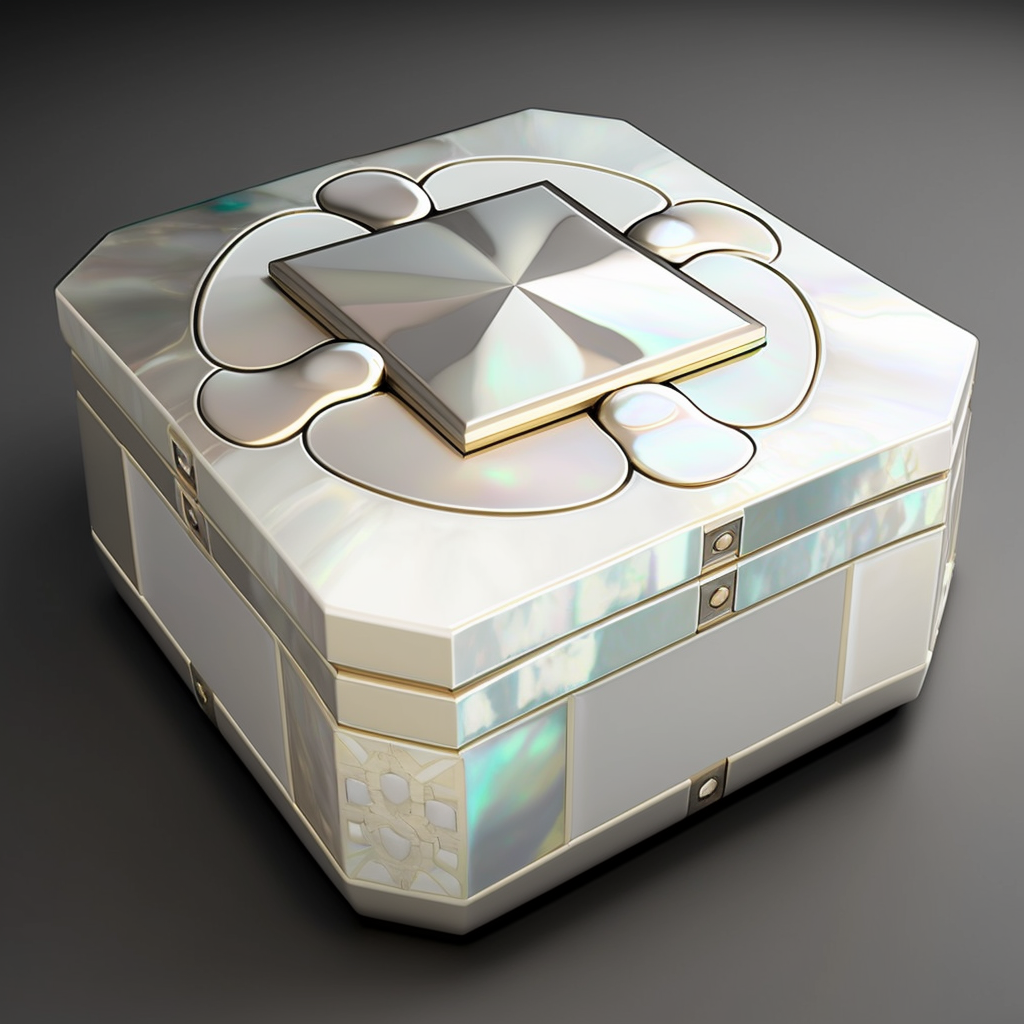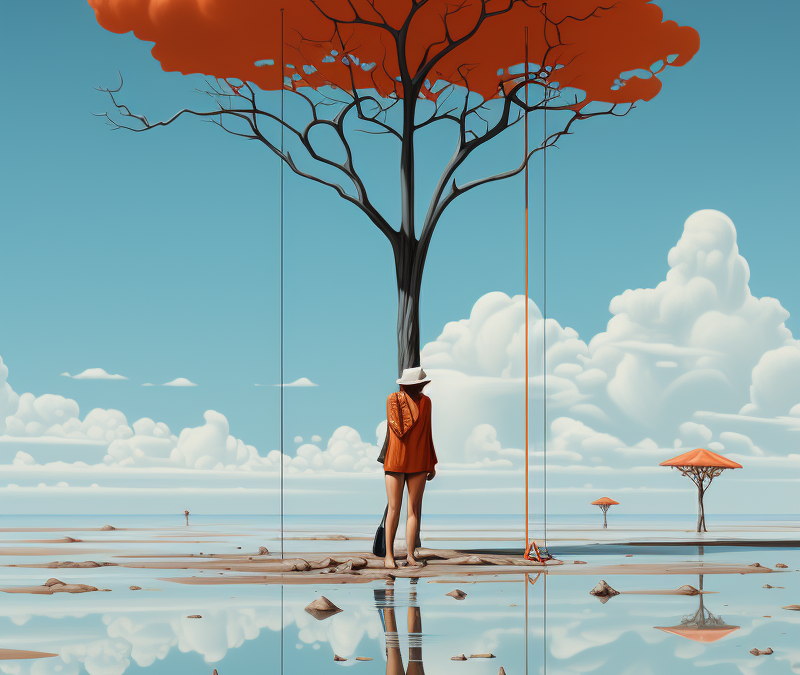February 7, 2023
Pro Prompting Tips
Mid-journey is a powerful tool for generating images based on text prompts. Here are some tips to help you get the most out of it:
- Word Order Matters: Words closer to the start of the prompt have a greater impact on the result. Make sure the most important elements of your desired image are placed as early as possible in the prompt.
- Commas and Colons: Commas are considered soft breaks while colons are considered hard breaks. This affects how Mid-journey blends concepts together to form the image.
- Adding Weights: Adding weights to words with ::n or –iw n can significantly change the result. A weight of 0.5 will result in incorporating some small elements, shapes and colors, into the image. A weight of 10 will prioritize the image over the words.
- Aspect Ratios: Aspect ratios can have a big impact on the final result. For example, portraits in images with ratios that have room for multiple faces may result in unwanted extra faces or facial features. Choose the best aspect ratio for the elements you want to fit in the frame.
- Reference Artists: If you want a specific result, reference artists who have created similar works. This helps Mid-journey understand the type of image you want and produces more consistent results.
- Length Matters: Long and descriptive prompts can produce great results, but can also result in nonsense. There is a limit to how complex a prompt can be and still be understood by Mid-journey. Experiment with long prompts and multiple iterations to get the result you want.
- Image and Text: Using an image and text prompt together can help ensure key elements of the image are incorporated into the final result.
- Replicating Styles: If the style you want to replicate is not in Mid-journey’s reference archive, use an image in that style as a prompt. This can help Mid-journey understand the style you want to replicate.
- Specifying Details: Sometimes it’s necessary to be specific in your prompt to get the result you want. For example, “beautiful face” may not always result in a symmetrical face, so adding “symmetrical beautiful face” or “symmetry” to the prompt may produce better results.
- Negative Weights: Negative weights or the –no flag can be useful for prompts that confuse Mid-journey. For example, if you’re getting too much ice in your “ice cream” prompt, adding –no ice can improve the result.



